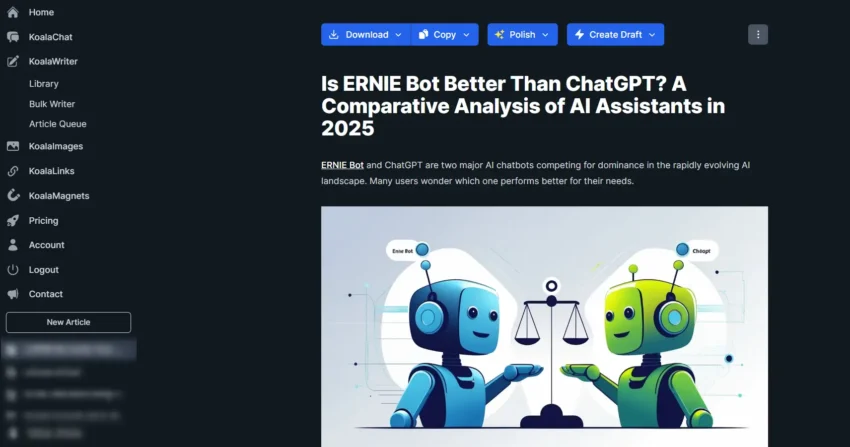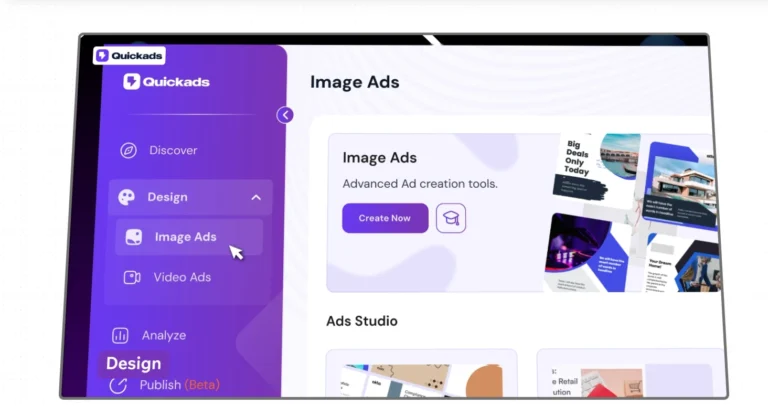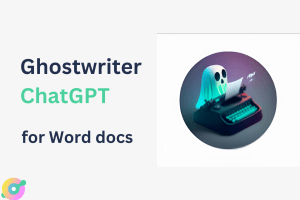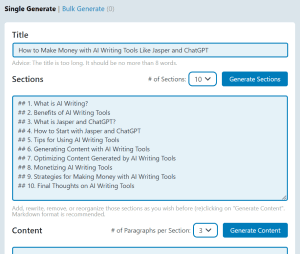Reinforcement Learning from Human Feedback (RLHF) is a cutting-edge approach in the field of machine learning that merges the principles of reinforcement learning (RL) with human insights.
This technique is particularly beneficial in scenarios where defining a clear algorithmic solution is challenging, but where humans can readily assess the quality of a model’s outputs.
Traditional reinforcement learning relies on a predefined reward function that guides the agent’s actions towards achieving a goal. However, in complex real-world tasks, designing an explicit reward function that encompasses all aspects of a desired behavior can be extremely difficult.
RLHF addresses this challenge by incorporating human feedback into the learning process, allowing the model to refine its behavior based on human judgments of what constitutes good performance.
In this AI training, humans do not directly provide the reward signal; instead, they evaluate the actions or outputs generated by the agent. These evaluations are then used to learn a reward function that reflects human preferences or values. This learned reward function can guide the agent’s policy towards behaviors that are more aligned with human judgments.
The iterative nature of RLHF means that the system continuously improves as it receives new feedback and updates its learning function (DataCamp).
RLHF process
The process of RLHF typically involves several steps.
Initially, a pre-training phase may be employed using supervised learning to provide the model with a baseline policy.
Next, the model interacts with an environment to generate trajectories, which are sequences of actions and observations.
Human evaluators then review these trajectories and provide feedback, which could be in the form of rankings, ratings, or binary preferences.
This feedback is then used to train a reward model.
Finally, the agent uses reinforcement learning to learn a policy that maximizes the predicted human rewards (Wikipedia).
Why RLHF?
One of the key advantages of RLHF is its flexibility. It can be applied to a wide range of tasks, from natural language processing to robotics, where explicit reward functions are hard to specify.
Also, this technique can help mitigate some of the associated with AI by ensuring that the learned behaviors align with human values and preferences.
RLHF is not without its challenges, though. Collecting human feedback can be time-consuming and costly, and there is also the risk of introducing human biases into the model. Additionally, the quality of the feedback is crucial, as inconsistent or poor-quality evaluations can lead to sub












